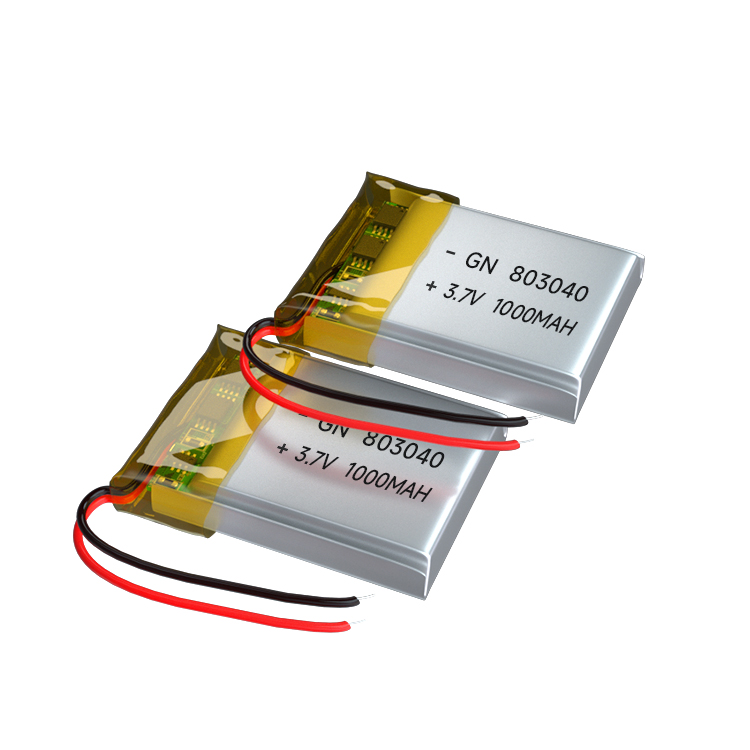

At present, the price of battery raw materials is rising and the level of vehicle subsidies is declining. Battery manufacturers are facing dual pressures from the upstream and the terminal. High-nickel ternary materials have become the best solution. In the future, as the yield rate increases, high-nickel ternary materials are expected to become an effective means for battery manufacturers to control costs and obtain excess profits.
Recently, power lithium battery unicorn CATL has won a purchase order of about 4 billion euros from BMW and plans to invest 240 million euros to build Europe's largest lithium battery factory in Germany. This is considered a landmark event for China's power batteries to go global; At the same time, Tesla also announced that it will build a super factory in Shanghai with an annual output of 500,000 pure electric vehicles.
Going out and bringing in, China's new energy automobile industry is booming. As power lithium batteries occupy the main cost of the industry, its technological development will be crucial.
1. The growth of new energy vehicles has brought explosive demand for power lithium batteries
my country's new energy vehicle sales data in 2018 were impressive. Sales in June were 84,000 units, a year-on-year increase of 42.9%. From January to June, the cumulative sales of new energy vehicles were 412,000 units, with a year-on-year growth rate of 111.5%.
As more and more countries promote energy transformation, traditional internal combustion vehicles will withdraw from the stage of history. Many countries have issued timetables for banning the sale of fuel vehicles. The Netherlands and Norway will ban sales in 2025, Germany will ban sales in 2030, and the United Kingdom and France will ban sales in 2040. for sale. The increase in new energy vehicles will drive the explosive growth of power batteries, with a compound growth rate of 31% expected from 2018 to 2020 and a compound growth rate of 44% from 2016 to 2020.
2. Policies guide the development of high-energy density battery technology
In order to speed up the elimination of backward low-energy-density technologies, my country's new energy subsidy policy is clearly oriented towards high-energy-density batteries. 120Wh/kg is an important watershed. In the future, the high-energy-density ternary technology route will become a development trend.
3. High-nickel ternary batteries have obvious advantages
At present, the energy density of lithium iron phosphate batteries is at the level of 150Wh/kg, the energy density of ordinary ternary lithium batteries NCM523 and NCM622 is at the level of 160Wh/kg, and the energy density of high-nickel ternary lithium batteries represented by NCM811 will reach 160Wh/kg in the future. 300Wh/kg or more.
Considering that cobalt is an important raw material for ternary battery cathode materials, its price rose rapidly in 2017, from US$15 per pound at the beginning of the year to US$35.5 per pound at the end of the year, an increase of 145%; and it rose after entering 2018 The momentum doesn’t stop.
High-nickel ternary materials ensure increased energy density while reducing cobalt usage: the cobalt usage of NCM523 and NCM622 is 0.20kg/kwh, and cobalt accounts for about 12%; while the cobalt usage of NCM811 is only 0.091kg/ kwh, the proportion of cobalt dropped rapidly to 6.06%.
4. High-nickel ternary batteries have become the best solution for battery manufacturers
Currently, the quoted price of NCM811 is around 240,000 yuan/ton, which is higher than the NCM523 power battery quoted at 210,000-215,000 yuan/ton, which is about 25,000-30,000 yuan/ton. Considering the reduction in cobalt usage, The cost of NCM811 is about 14,000/ton lower than that of 523, and the gross profit per ton will increase by 39,000-44,000.
Therefore, with the current increase in battery raw material prices and the decline in vehicle subsidy levels, battery manufacturers are facing dual pressures from the upstream and the terminal, and high-nickel ternary materials have become the best solution. In the future, as the yield rate increases, high-nickel ternary materials are expected to become an effective means for battery manufacturers to control costs and obtain excess profits.
Therefore, under the trend of developing high energy density, under the dual pressure of rising product raw materials and declining downstream subsidies, high-nickel ternary cathode materials have become the optimal solution at present, and the improvement of high technology threshold and premium ability will reshape the market Power lithium battery industry landscape.

Popular recommendation
AG6 battery.What is the customization process for 18650 lithium-ion battery pack?
2023-10-12AG1 battery.What is the production process of 18650 lithium-ion battery pack?
2023-10-09AG8 battery.18650 lithium ion battery winding process precautions
2023-10-09AG9 battery.What are the disadvantages of 18650 lithium-ion battery technology?
2023-10-091800mah 18650 battery.What is the difference between polymer lithium battery and 18650 lithium batte
2023-10-13cr2032 button battery.Improvement of power battery performance from high-power fast charging
2023-10-08aa alkaline battery!Analyze the application of ferroelectric random access memory F-RAM in power bat
2023-10-08polymer lithium battery.Cylindrical lithium battery technology, reasons for leakage of cylindrical l
2023-10-09NiMH No. 7 battery.These days rechargeable battery sets also need technological innovation
2023-10-093.7v 2200mah 18650 lithium battery.Analysis of key points of 18650 lithium-ion battery PACK process
2023-10-09802540 polymer battery.Let’s take a look at several technical points related to cylindrical batterie
2023-10-08CR2016 battery.New breakthrough in fuel cell research and development, Japanese car companies prefer
2023-10-08